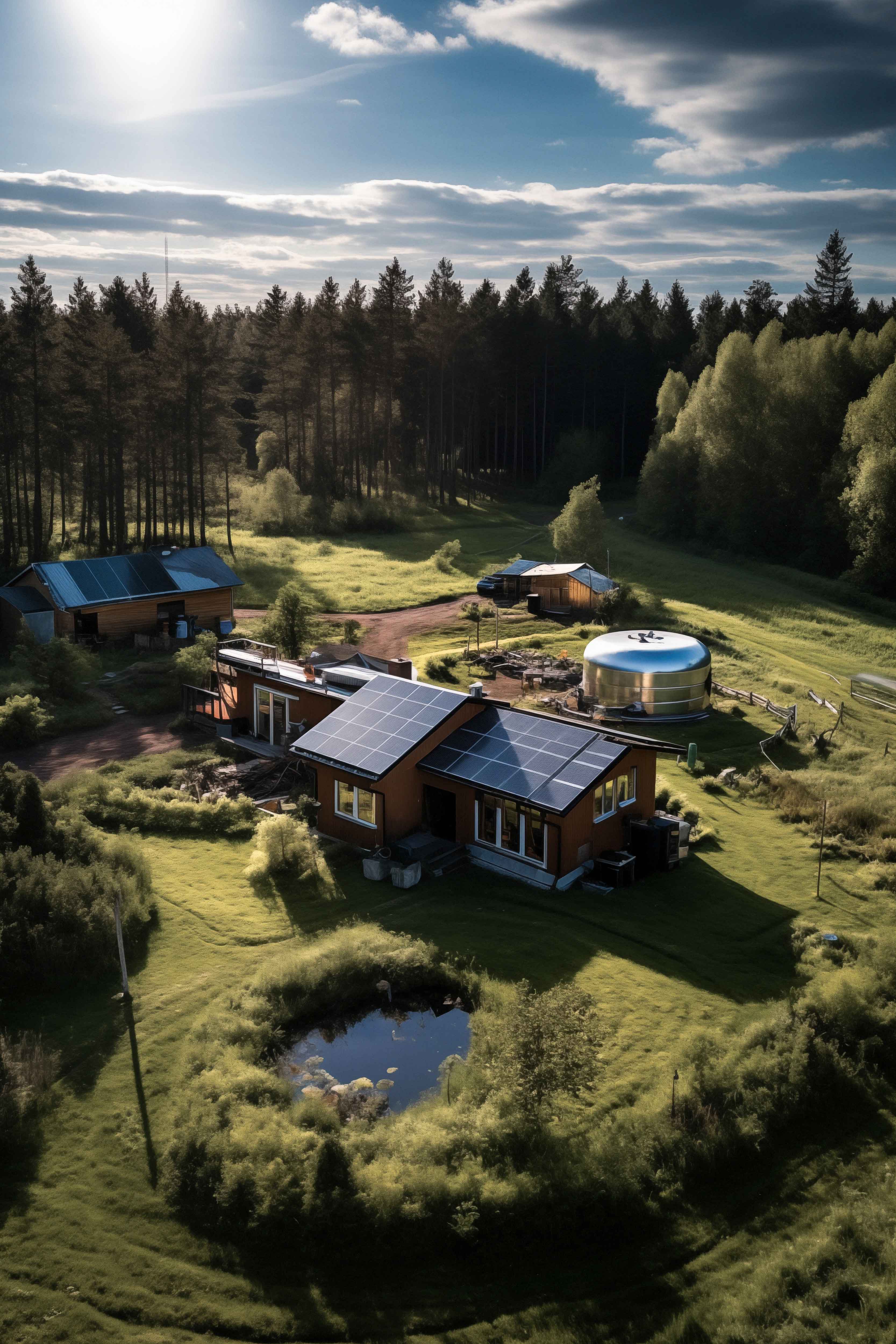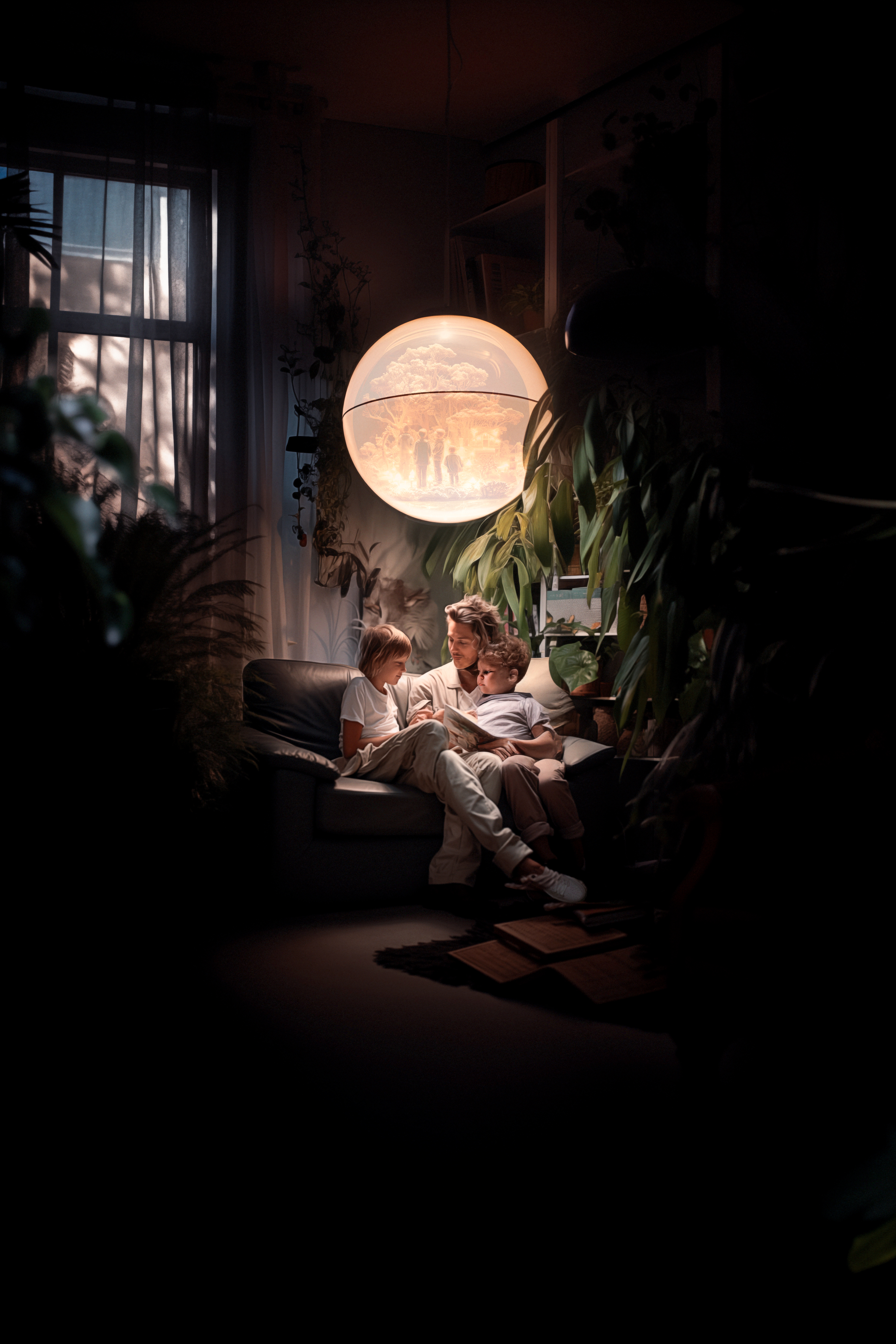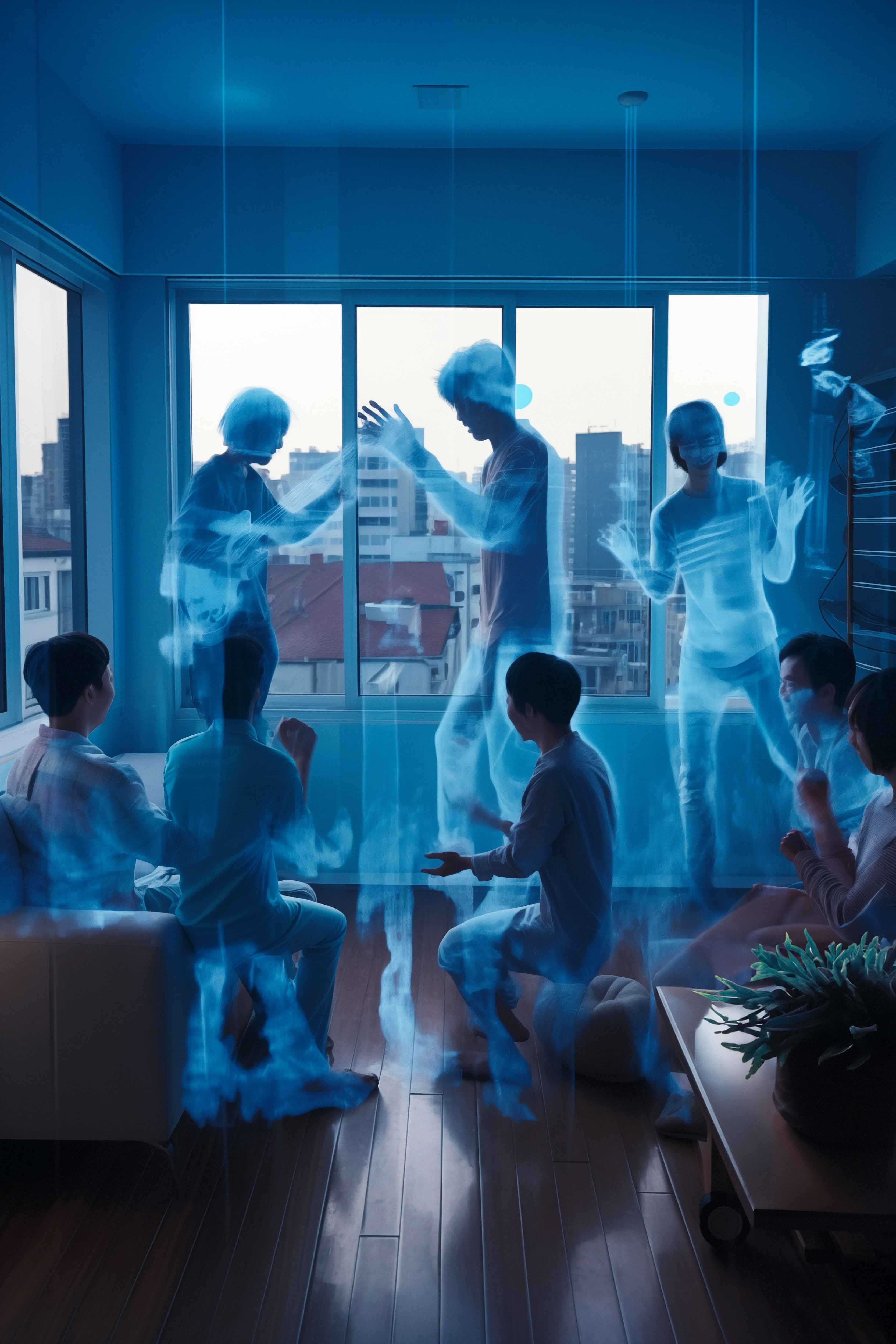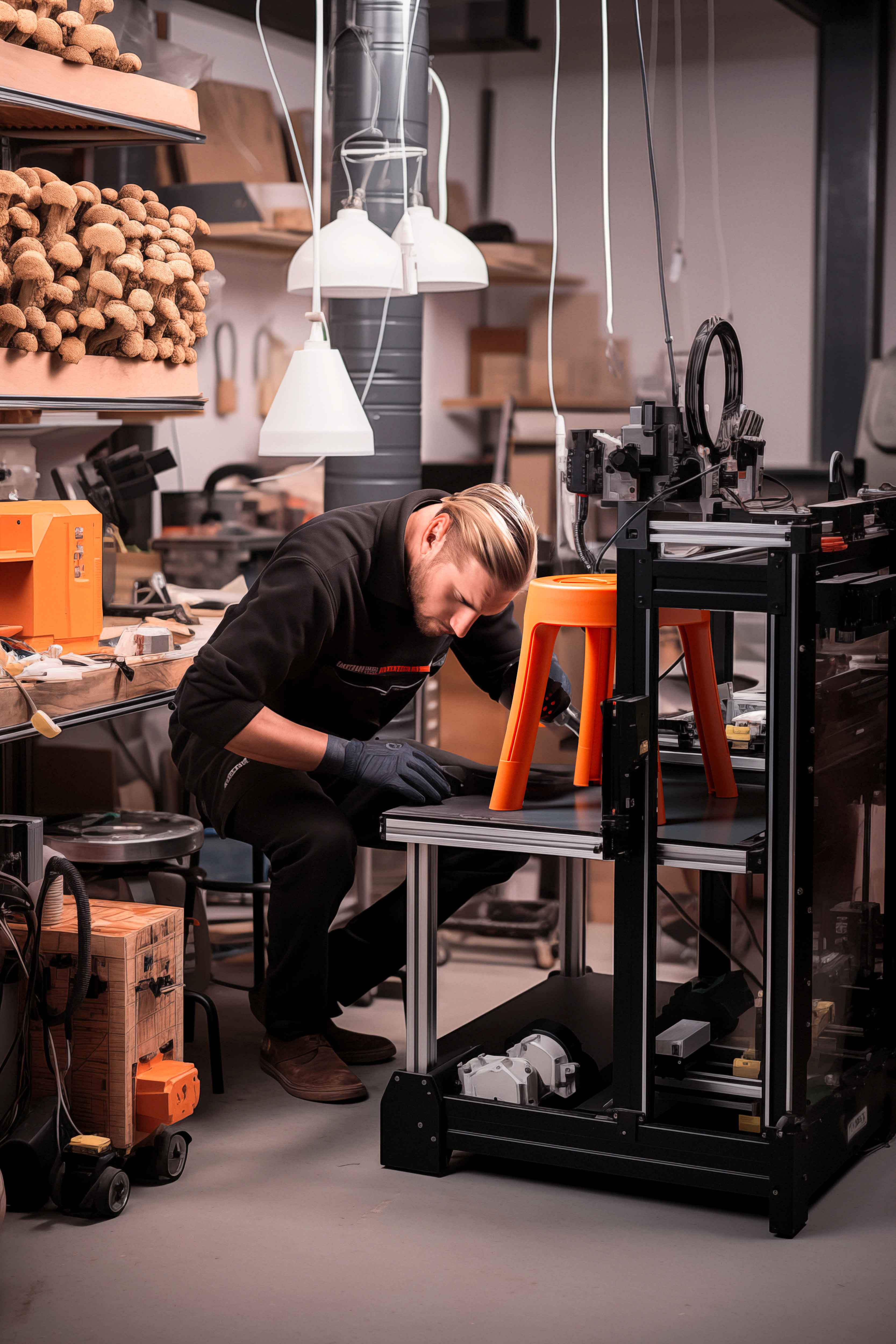
For over eight decades, Ikea has explored every facet of living, through collaborations with cutting-edge designers and institutions, and constant research into how daily lives can be improved by design. The Swedish giant just released its latest Life at Home Report, an annual compendium and an ongoing analysis of how we live.
'The Life at Home Report began in 2014, exploring the practical aspects of home, and over the years has expanded into the emotional landscape of where we live,' reads a note from the company introducing the 90-page report, a survey of 37,428 people across 38 countries. 'One of the most distinct qualities of the Life at Home Report is exploring how people feel about where they live, and not just what they do there. This blend of functional and emotional insights helped to develop a framework that presents eight emotional needs for a better life at home. This year, the research survey was based on the emotional needs of home.'
Ikea Life At Home Report: visions for future living

'Based on the paths our lives are taking now, it’s possible to point to a number of certainties for our shared future,' reads the report. 'The difficult reality is that the road ahead is sure to be bumpy. We know that the climate crisis will continue to grow in scale and intensity, and it will impact all aspects of life – including where and how we live at home.'
Looking at how we will live at the end of this decade, Ikea imagined three scenarios, brought to life with the help with AI, reflecting on the uncertainties of the present and offering ways to 'depict a desirable role for the home in a volatile world'. The report presents three characters, each with unique life circumstances that guide their everyday behaviour and dwelling style.
Below, Ikea asks four questions that inspired its vision of the future.
What if there wasn’t just one home, but multiple homes to help people foster resilience and nurture themselves?

Jin lives in a pod in a high-rise apartment in central Seoul, a temporary living arrangement after climate reports proposed a temporary evacuation from the lowlands. Among his current plans is a graduation party in the building's breakout room (with guests attending both physically and remotely), and travelling with the help of a personalised AI advisor, who can check on visa and other requirements for moving across borders and facing extreme climate events. He also uses a headset, which 'helps with immersion, and he can access virtual environments that help him get into the feeling of travelling'.
In a few months, Jin is due to start a new job in experience design – his company's co-living programme will allow him to stay in pods all over the world.
How can our homes foster our sense of identity and togetherness without alienating distinct communities from one another?

The next future scenario sees Angela living in a women-only housing collective in Massachusetts, USA, working towards complete self-sufficiency. 'The group has designed a central workspace, which they call their She Shed, where they can repair almost anything in the collective,' explains the report. 'It’s where Angela will teach others to weld once she’s received her training at the technical college across the other side of the township.'
Angela's partner, Patricia, is learning how to deliver emergency medical treatment, while also helping 'fortify all the collective housing units against climate change'. Angela and Patricia's shared concern for climate change and interest in sustainable interior design have shaped their living arrangements, with bio-solar wallpaper that uses algae to generate electricity from sunlight, inspired by patterns from the early 2000s.
How might our relationship with technology and nature allow us to live with a more regenerative mindset?

Finally, Jamie is a non-binary primary school teacher, living with their two partners and children in a small township north of Uppsala, Sweden. To help with home management, the surfaces of the kitchen and all the floors are self-cleaning, and they can outsource meal planning and grocery shopping to the cloud.
As part of their routine, Jamie downloads a report from Gaia, the in-house AI that monitors energy use and overall wellbeing. Looking at data from climate and health forecasts, it makes suggestions including switching on the home's wind-ready turbines, or playing music to manage anxiety spikes.
The family 3D prints their own furniture from a mushroom compound and when visiting is not possible, spends time with relatives at virtual Sunday lunches and smaller online get-togethers. But Jamie also likes to move away from technology, by working on their adjacent land to reconnect with nature and earth.

The homes depicted in these three scenarios support their residents from a practical and emotional perspective, enhancing the quality of their lives through technology that is unobtrusive and practical. They consider the fundamental roles of a home, making space for everyday essentials, regular connections, meaningful moments and future plans.
'It’s significant to see the impact of climate change on life at home as we know it,' says Mat Lincez, Foresight Director. 'But there is careful optimism, with technology helping us live more sustainably. We will need a shift towards new ways of powering our world, as well as emerging techniques for distributed manufacturing. These scenarios also emphasise the role of relationships between people: the shift towards co-operatives, community-centric lifestyles, and collective self-reliance can be a way to improve overall quality of life for everyone.'
He continues: 'I’m curious to see how Ikea can support when “home” becomes a relative term in the wake of increased mobility. Being able to quickly establish a home environment and social connections will be vital in these uncertain circumstances.'









